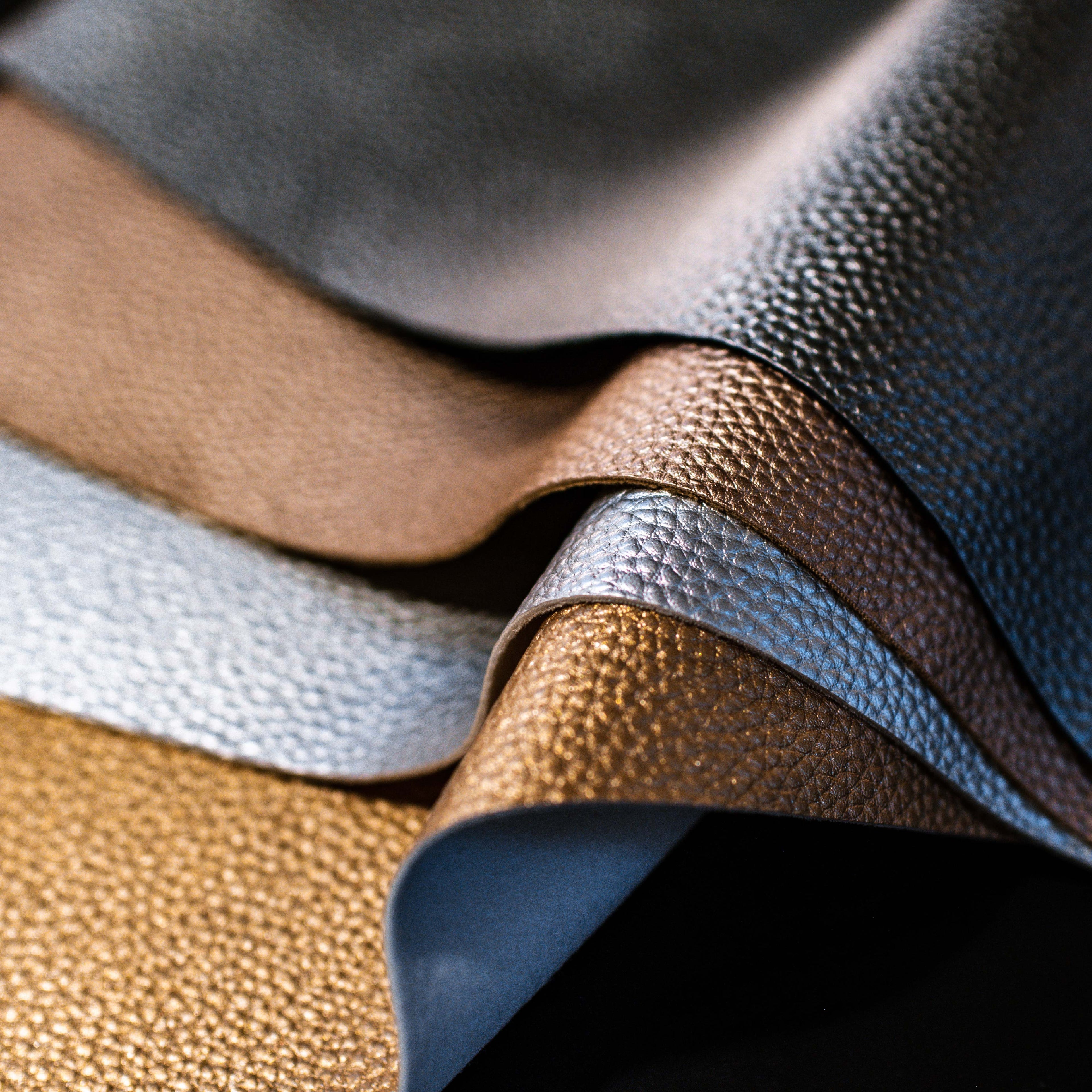In these increasingly ecologically friendly times, there are more and more footwear products made from vegan leather. But what is vegan leather? What is vegan leather made out of? And is vegan leather good?
The ‘birth’ of vegan leather
Vegan leather was virtually unheard of until recently. That’s because the term vegan leather wasn’t used until around 2010 when celebrity designers suddenly launched clothing and brands that were said to be made of animal-free products. In reality, faux leathers have been around for hundreds of years. After all, any material made from plastic or plant materials qualifies as being Vegan. And the exciting thing is that entrepreneurs recognise the unique opportunity that vegan leather presents them. If an entrepreneur can find a new sustainable leather alternative and successfully bring it to the mass market, then huge success and wealth await them! Which is good news for all of us
What is vegan leather? And What types of vegan leather are there?
Vegan leather isn’t as some people imagine one kind of material. There are numerous types of vegan leather with innovative creations made from sustainable materials, including pineapple leaves, apple peels, cork and, increasingly, recycled plastic.
What is vegan leather made out of?
Customers in shoe shops often ask: what is vegan leather made of?
As we’ve mentioned, there are many different types of vegan leather. Mushroom leather, for example, is one of the latest trends in vegan leather materials and is likely to gain in popularity due to its greater durability. And it’s no doubt only a matter of time before new types of even more durable vegan leather is developed for the mass market.

What are the latest types of vegan leather?
The latest selection of vegan leather available in the shops includes;
Piñatex
Mushroom
Apple
Cork
Cactus
Leaf
Grain
Recycled plastic
Banana
Grape
Wood
Stone
PVC
Vegan leather comes with a lot of pluses. Still, some negatives
This list is far from exhaustive, with new types of vegan leather now being invented every few months. Every kind of vegan leather has advantages and disadvantages relative to the others available. Let’s look at 3 of the currently popular types of vegan leather:
Three types of vegan leather that are presently popular
Apple leather increasingly popular
Apple, for example, is created using waste products that would otherwise be discarded, meaning it’s a great use of resources. On the negative side, it’s not currently possible to manufacture a smooth texture with apple vegan leather, which means its use is – for the moment – limited.
Pineapple leather is leading the way
Pineapple, meanwhile, is made from waste organic matter, which is incredibly marketable, good for the environment, and, let’s be honest exotic. On the minus side, vegan pineapple leather is so new that nobody knows how long this product might last!
Pulling the cork on animal leather
Cork is a fantastic product. It comes from the bark of Cork Oak Trees that we find in places like Portugal and France. Cork ticks many boxes when it comes to viability, sustainability and marketability! Not only is it lightweight and durable, but it’s also waterproof and hypoallergenic. Cork is used in many different types of footwear in the 2020s.
Does vegan leather last long?
Vegan leather is less durable than natural leather, but this is expected to change as technology advances. Considering how often people change their shoes, the difference in durability isn’t so significant. When we factor in its lower purchase cost compared to animal products and, of course, the animal rights considerations, vegan leather is an alternative worth investing in.
Is vegan leather good?
The simple answer is yes. If vegan leather wasn’t good, it wouldn’t be commercially viable.
And on the contrary, the vegan leather market is growing almost exponentially as satisfied customers return for more products. At the same time, word of mouth from positive experiences means millions more new customers are buying vegan leather for the first time. Indeed, vegan shoes UK is now one of the most searched for terms for people in the UK looking for new shoes.
How to clean vegan leather shoes?
One important consideration is to try to avoid drying vegan leather out. Beware that some vegan leathers can crack if exposed to excessive heat.
Rub your vegan leather shoes with a soft cloth for dirt and dust accumulation. It’s possible to do this using a small amount of baby oil but try water first as this should do the job.
If the surface of your vegan leather is textured, one option is to use an old toothbrush to get into the harder-to-reach grooves on your vegan boots.
If your vegan Chelsea boots have picked up a mark that’s tough to shift, try using a small blob of detergent on a sponge or cloth to shift it.
Conclusion
Vegan leather is big news, and it will get a lot bigger in years to come. With faux leather alternatives becoming the match of natural leather over time, we can expect to see vegan leather grabbing a more significant share of the footwear market in the next decade. This is a win-win for us all with less animal cruelty, more recycling, less environmental damage, and lots and lots of new and exciting footwear products for us all to wear!




